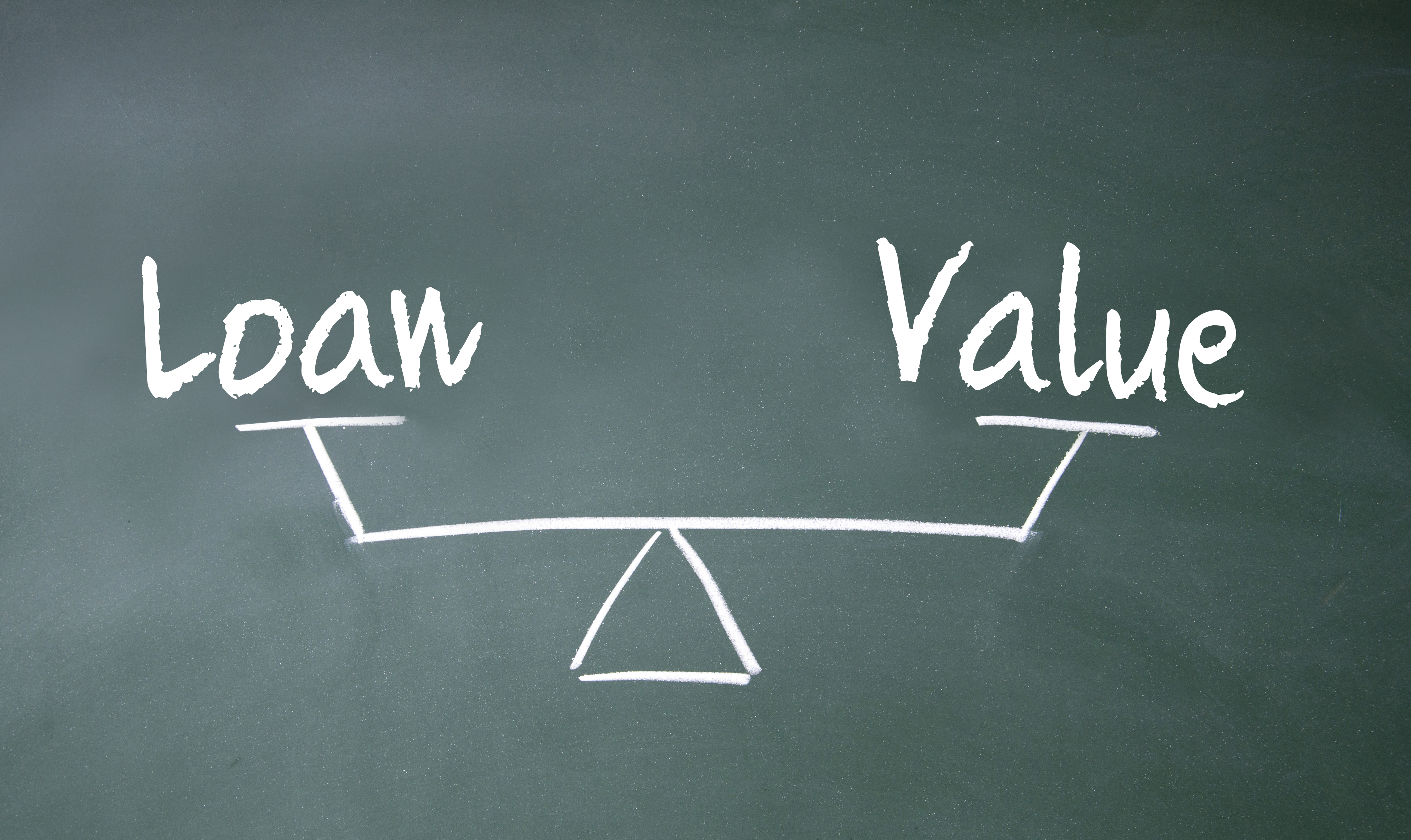Mortgage Terms: What Is Loan-to-Value Ratio?

Did you know that about 2.38 million Americans became first-time home buyers in 2020? If you’re one of them–or you’re getting ready to buy a house in the next few years–you may have questions about how your mortgage works.
One of the things you’ll want to stay on top of is your loan-to-value ratio. Your loan-to-value ratio will impact your ability to secure a mortgage, refinance your mortgage in the future, and more.
What is a loan-to-value ratio? How can you calculate it and how will it impact things like your interest rate?
Read on to find out everything you need to know about your loan-to-value ratio as you purchase and pay off your home.
Table of Contents
What Is a Loan-to-Value Ratio?
Simply put, your loan-to-value ratio refers to the percentage of your home’s value that is covered by your mortgage. The lender that provides your home mortgage uses this ratio to assess the risk they’re taking on by approving your loan.
Your loan-to-value ratio will change over time. Let’s take a look at what that ratio looks like when you buy your home versus down the road after you’ve begun paying off your mortgage.
Your Loan-to-Value Ratio When Buying a Home
When you’re buying a home, that home will receive an appraisal, first. Let’s say that the home you are buying received an appraisal for $100,000. This is the value that your lender will look at when assessing your loan-to-value ratio.
On your end, you will find yourself negotiating the actual sale price of the home. You will also need to decide on the dollar amount of your down payment.
The latter will play a larger role in determining your loan-to-value ratio. The higher the downpayment you provide, the lower the loan will have to be.
Your initial loan-to-value ratio will reflect how big of a loan you need to cover the cost of the home’s value. For example, if you need an $80,000 loan to purchase your $100,000 home, that is a loan-to-value ratio of 80%.
Your Loan-to-Value Ratio When Paying Off a Mortgage
Over time, your loan-to-value ratio will decrease. This occurs as you pay off your loan and as your property value increases. The impact of an increased property value on your home-to-value ratio can get complicated, but the process of paying off your loan to decrease your loan-to-value ratio is simple.
Going back to the original example, you started with a loan-to-value ratio of 80%. After reducing the size of the loan from $80,000 to $70,000 via monthly payments, your loan-to-value ratio will be 70%. In other words, your lender continues to “own” 70% of your home while you own 30% of your home.
How Do You Calculate a Loan-to-Value Ratio?
While the loan-to-value ratio can seem complicated to process, it’s quite easy to calculate. You may have picked up on how to arrive at this calculation based on the examples we’ve already used.
First, look at the size of your loan in dollars. Then, look at the most recent appraisal the property has received. Divide the first number by the second and multiply your results by 100:
(Loan value of $80,000 / appraisal value of $100,000) x 100 = 80%.
What Is Considered a Good Loan-to-Value Ratio?
There is no universally “good” loan-to-value ratio. However, your loan-to-value ratio will play a role in finding a lender that will grant you your loan. Let’s take a look at the loan-to-value ratio accepted by some of the top lenders in the country.
Your LTV and Private Loans
Many private lenders prefer to grant loans to buyers with a loan-to-value ratio of 80% or less. This is why you often hear people saying that in order to buy a house, you have to put down a 20% downpayment.
The truth is that you will find private lenders who will grant loans to buyers with higher LTVs. However, these buyers will likely have to take out private mortgage insurance (PMI) to lower the risk the lender is taking on.
Your LTV and FHA Loans
FHA (Federal Housing Administration) loans are designed to make homeownership available to low and moderate-income families. Because of this, you can secure an FHA loan with a high loan-to-value ratio. In fact, many homebuyers have gotten FHA loans with an LTV as high as 96.5%.
(Most home buyers using an FHA loan will be required to take out mortgage premium insurance.)
Your LTV and VA Loans
Are you a retired or current member of the US military? If so, you may be interested in a home loan from the VA. Even homebuyers with a loan-to-value ratio of 100% may qualify for a VA loan, even if they do not agree to take out additional mortgage insurance.
How Can You Keep Your Loan-to-Value Ratio Low?
All said and done, a low loan-to-value ratio is ideal. You can secure a better mortgage with lower interest rates if your loan-to-value ratio is at 80% or lower. How can you keep your loan-to-value ratio low from the start?
Make sure that you’re looking for homes that are reasonably within your budget. While you may not be able to increase the amount of your downpayment, you can increase the percentage it covers by looking at houses with smaller price tags.
Stay on Top of Your Loan-to-Value Ratio
Buying a home is something that everyone deserves a chance at. However, it’s not always easy to keep track of the numbers. We hope that our guide to the loan-to-value ratio has given you insight into the types of loans you can secure, how to keep your interest rates low, and more.
Want to know more about the world of real estate? Take a look around for more guides on buying homes, refinancing your mortgage, and more.
